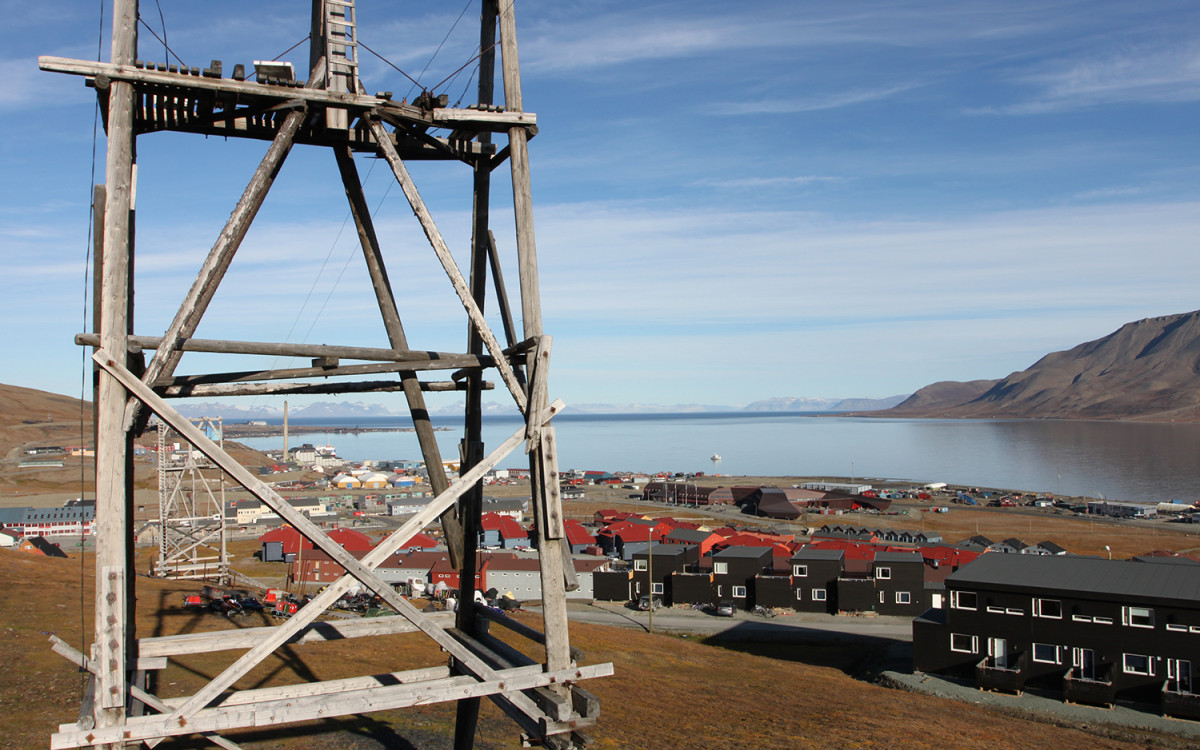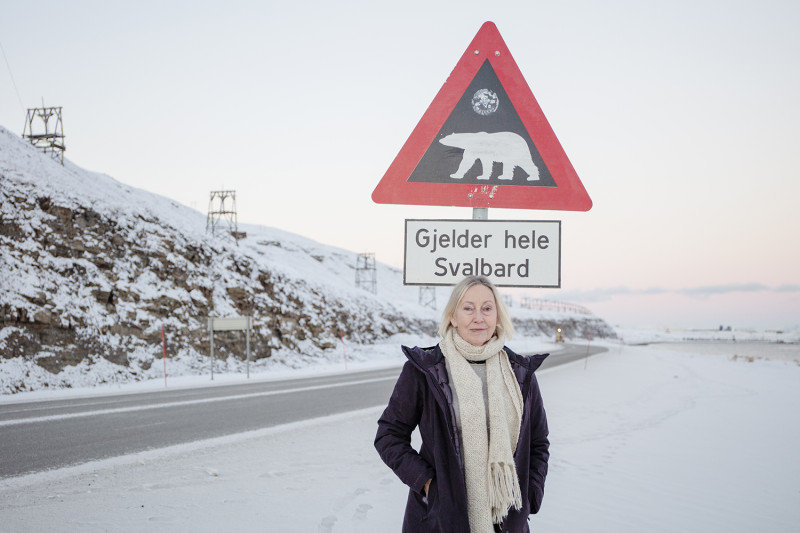Research to Help Longyearbyen with Thawing Permafrost

The permafrost in Longyearbyen is thawing faster than expected, threatening infrastructure and cultural heritage. A new research project aims to develop tools to address these challenges.
Longyearbyen is a town built on permafrost. When the first buildings were constructed, no one anticipated that the ground beneath them would someday begin to thaw. However, climate change is progressing rapidly, significantly altering the situation.
According to the Norwegian Meteorological Institute, permafrost is defined as ground that remains at or below zero degrees Celsius for at least two consecutive years. The layer above the permafrost thaws and refreezes each summer and is called the active layer.
"The active layer in Svalbard is getting deeper, and the permafrost is retreating further into the soil. This creates challenges for infrastructure, cultural heritage, and public safety," says Senior Researcher Grete Hovelsrud at Nordland Research Institute.
As the active layer deepens, buildings lose their stability, and the risk of various types of landslides increases. Thawing permafrost has already damaged roads in Longyearbyen.
"Parts of the road on one side of the Longyear Valley are particularly vulnerable, as the ground begins to thaw in various ways," says Hovelsrud.

Mapping Vulnerable Cultural Heritage
Researchers from the University Centre in Svalbard (UNIS) have been monitoring the state of permafrost in Longyearbyen for several years. A new research project named ThawingLYR, led by permafrost experts Hanne Christiansen and Marius Jonassen from UNIS, is now exploring how to manage the thawing permafrost and the increasing risks to the town's critical infrastructure, cultural heritage, and unstable mountainsides.
"The project investigates how the thawing permafrost affects different areas in Longyearbyen. Researchers are using instrumentation, seismic equipment, and camera technology to map where the thaw occurs most rapidly," Hovelsrud explains.
Nordland Research Institute is also part of the project. In addition to Hovelsrud, the institute is contributing Senior Researchers Tiril Vold Hansen and Helena Gonzales Lindberg.
"We are working closely with local stakeholders to identify which cultural heritage sites and infrastructure are most at risk," says Hovelsrud.
"It's important to determine where we should prioritize interventions. For example, we're assessing the iconic cableway towers, which are costly to secure. There are around 200 of them, and we need to identify which are most vulnerable," says Hovelsrud.
Need for Adaptation and Preparedness
Climate change in the Arctic is happening twice as fast as in the rest of the world, and Longyearbyen is already experiencing it. Mitigation measures have been initiated, including at Sukkertoppen and along the Longyear River, which runs through the town.
"In Longyearbyen, we're already seeing the effects of retreating permafrost. Boreholes have been drilled to the bedrock to secure important structures, and cooling systems have been installed under certain buildings, such as the Svalbard store," says Hovelsrud.
The new project aims to develop a permafrost response system that authorities, businesses, and the local population can use. This system will provide easily accessible information on risks, land-use planning, and future adaptation needs.
"To develop such a system, involving local stakeholders in its design is important. The aim is to create a system that is easy to use and beneficial to everyone," Hovelsrud says.

